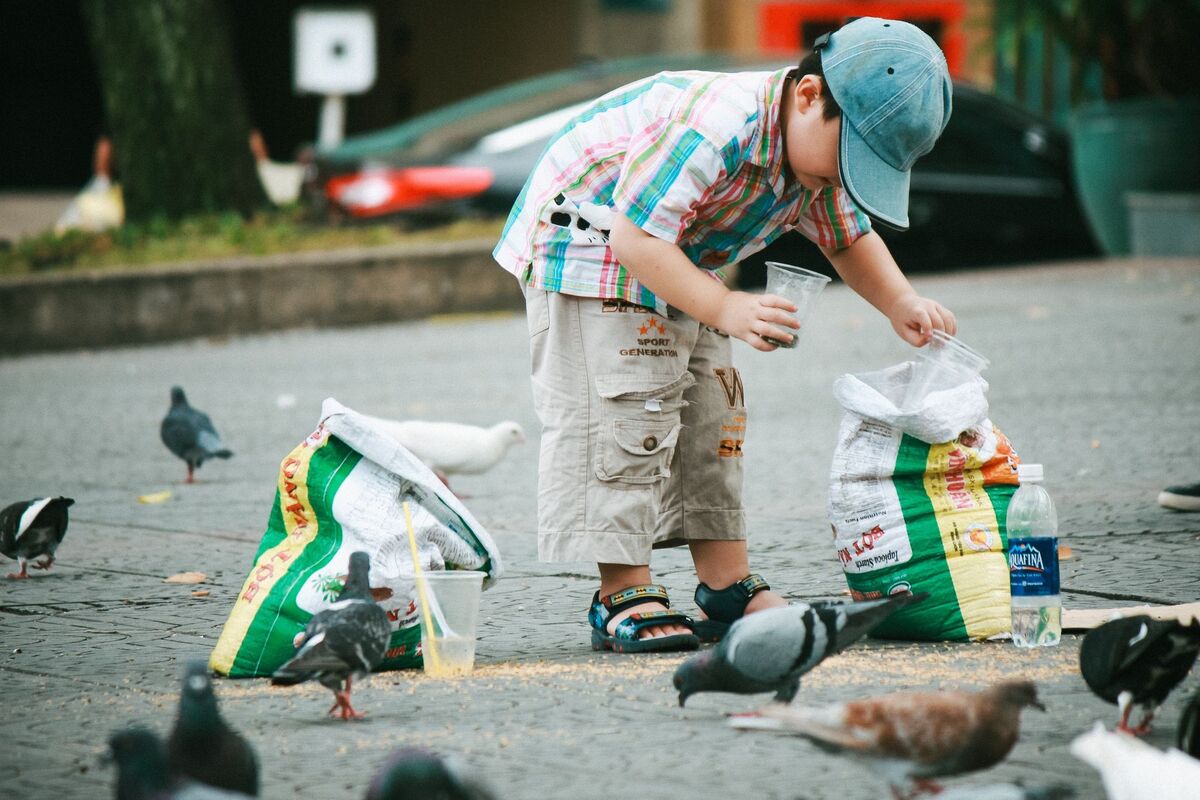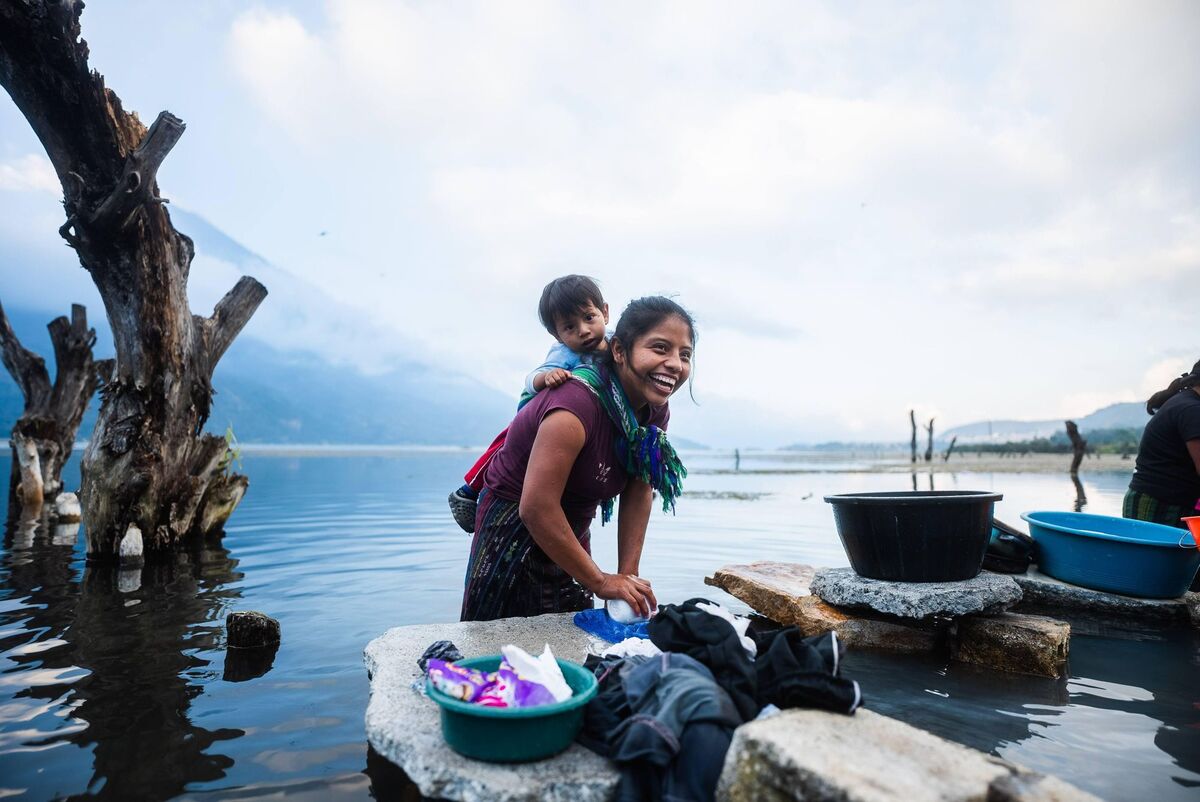Documentary Photography | Get Your Complete Overview Here
Rent film gear from local filmmakers.

Rent film gear from local filmmakers.
The world changes at speeds we've never seen before. Human rights issues, natural disasters, political conflicts and scientific breakthroughs happen every day. Documentary photography is there to immortalize these moments and more.
What really is documentary photography? Read on to learn about the history and types of documentary photography, and get some tips on how to get started and what camera to use.
What is documentary photography?

Documentary photography is a type of photography used to capture the real world, people, objects, or events in an objective and truthful manner. It provides an accurate representation of its subjects. As such, it's often used in reportage.
Any social, cultural, historical or political event can be the subject of this type of photography. It can be used to capture everyday moments or historical milestones alike.
Documentary Photography: A professional's insider tips
Interested in Documentary Photography? Meet your new instructor Mads Nissen, who will go through the corners of Documentary Photography in this Masterclass session.
Trailer
58jCt4vsbiw
Intro
0
xxQ9GKMhSYs
Definition
35
Capturing emotions
104
Finding the story
224
Development
306
Mistakes to avoid
374
Lighting
418
Camera gear
506
Editing
612
Tips & Tricks
744
Credits
794
What you’ll learn
The importance of getting up close: Dare to dare yourself.
What never to leave out in documentary photography.
How documentary photography can be your gateway to healing.
How curiosity and the need to change the world can be your motivator.
How a precise angle and purpose is essential to avoid clutter.
How to do the essential research before you start shooting.
Documentary photography vs photojournalism
While documentary photography is a general term referring to capturing real moments, photojournalism is concerned with breaking news stories and events.
There's often overlap, but photojournalism is generally more focused on ongoing issues, more sensational and it's often captured over a shorter period of time.
Purpose
While documentary photographers need to report objectively, they stand by their purpose passionately.
They want to inform and involve the viewers, draw their attention to a specific issue, deepen their thinking or influence their opinion.
Types
Although the types of documentary photography sometimes overlap, generally speaking, you can identify:
- Photojournalism
- Social documentary photography
- War photography
- Street or urban photography
- Contemporary photography
Quick history

In the mid-nineteenth century, photographers started using cameras to document important historical events. One of the earliest photographers to do so, Philip Delamotte recorded the disassembly of the Crystal Palace in 1936. The invention of the camera also allowed the American and Spanish Civil Wars to be documented.
They captured distant places and cultures and helped viewers to connect visually to things beyond their reach before.
After the turn of the century, photographers took on an even greater role in reporting on human rights issues. This created social documentary photography.
During the First World War, and later the Second, artists relentlessly reported on the horrors of the ongoing violence.
Today, contemporary photographers focus on modern topics and issues like LGBTQ rights, homelessness and pollution, among others.
5 Tips for beginner documentary photographers
Looking to get started in the field? Keep these tips in mind:
1. Master the fundamentals of photography
Understand photography fundamentals like shutter speed, exposure and composition is a must for all aspiring photographers. You don't need to be an expert to get started, but being familiar with your gear will help you react quickly.
Don't be afraid to experiment with manual settings to get that perfectly exposed shot.
2. Do your research
Understanding the context and background of the events unfolding will affect how well you can capture and represent them. Do your research thoroughly and the depth of your photos will shine through your photos.
3. Develop people skills
Any time people are involved in your work, you can and need to use your interpersonal skills to make them comfortable. You can learn so much through conversations if you're able to nurture a respectful, honest relationship with the people around you.
Approach people with respect, dignity and curiosity. When the situation is appropriate, ask questions to better understand the context, show interest and connect with the people involved.
4. Trust your instincts
Oftentimes, things can happen so quickly around that you need to make split-second choices. In these cases, go with your gut.
Always be aware of your surroundings and have your camera ready. It's better to have way too many shots to sort through than to miss the important ones, just make sure you have enough space on your memory card.
5. Don't intervene
At its core, documentary photography is about accurate representation. This means that directing, stage managing or significantly intervening with the shot is a big no.
Let events unfold and try to be an observer, not an influencer.
Closing thoughts
Without documentary photographers, our understanding of history would be much poorer.
If you want to become part of the storytellers capturing real moments and helping viewers connect, maybe this type of photography is right for you!
Take your passion, do your research and get started with documentary photography today.
Dive deeper into the world of photography and everything it entails.
About the instructor
Mads Nissen
Photographer
Copenhagen, Denmark
Mads Nissen is a Danish documentary and war photographer. He has worked with many social and contemporary issues such as homophobia, the covid crisis and documented the various conflicts across the world.





















